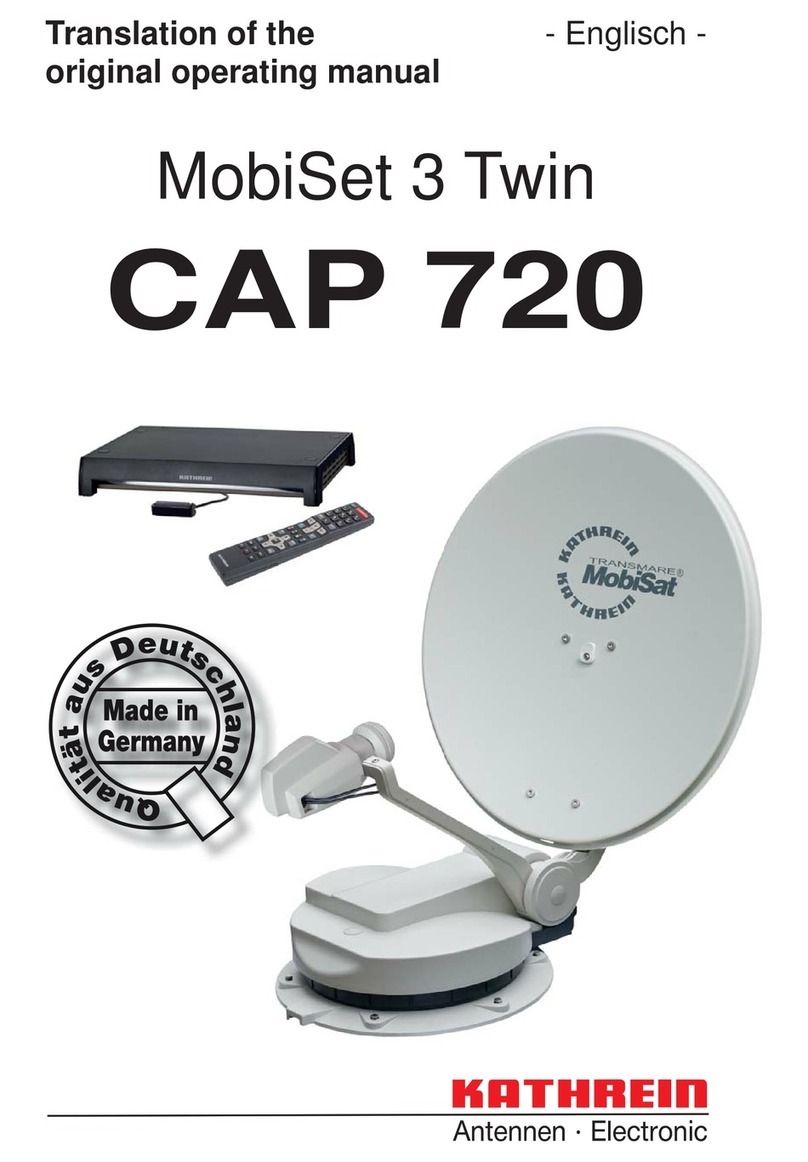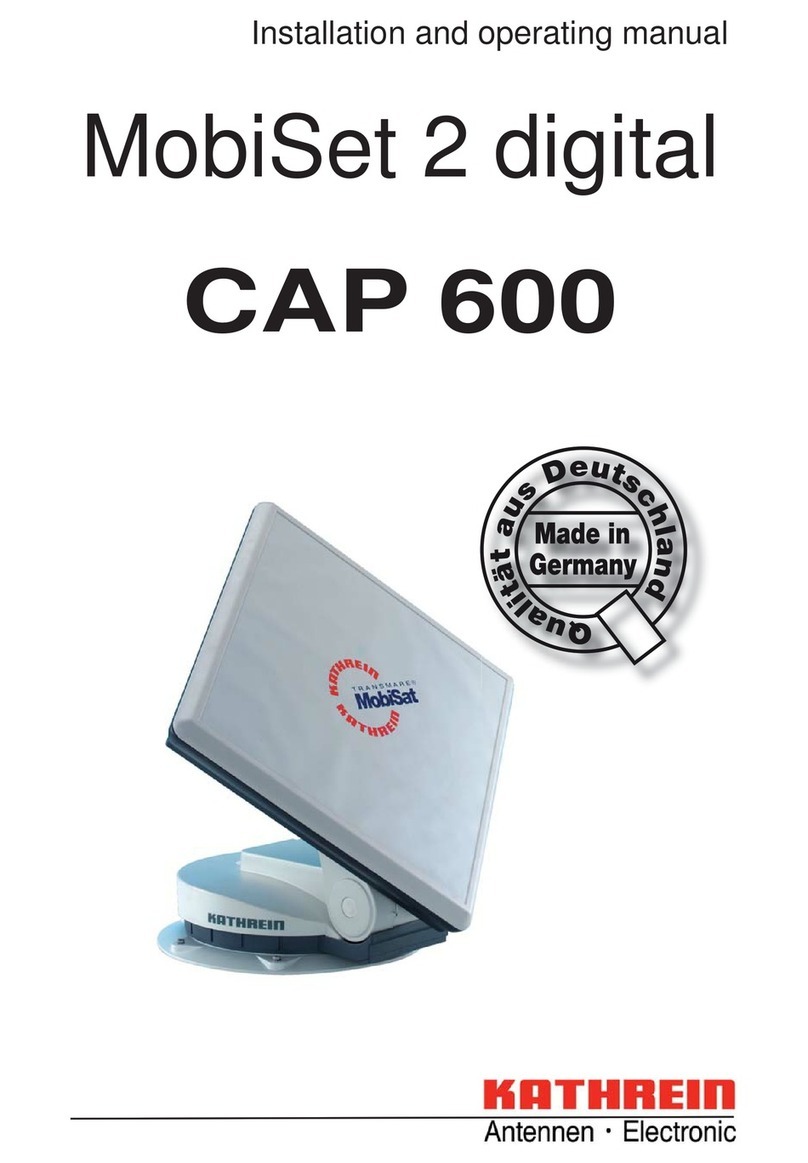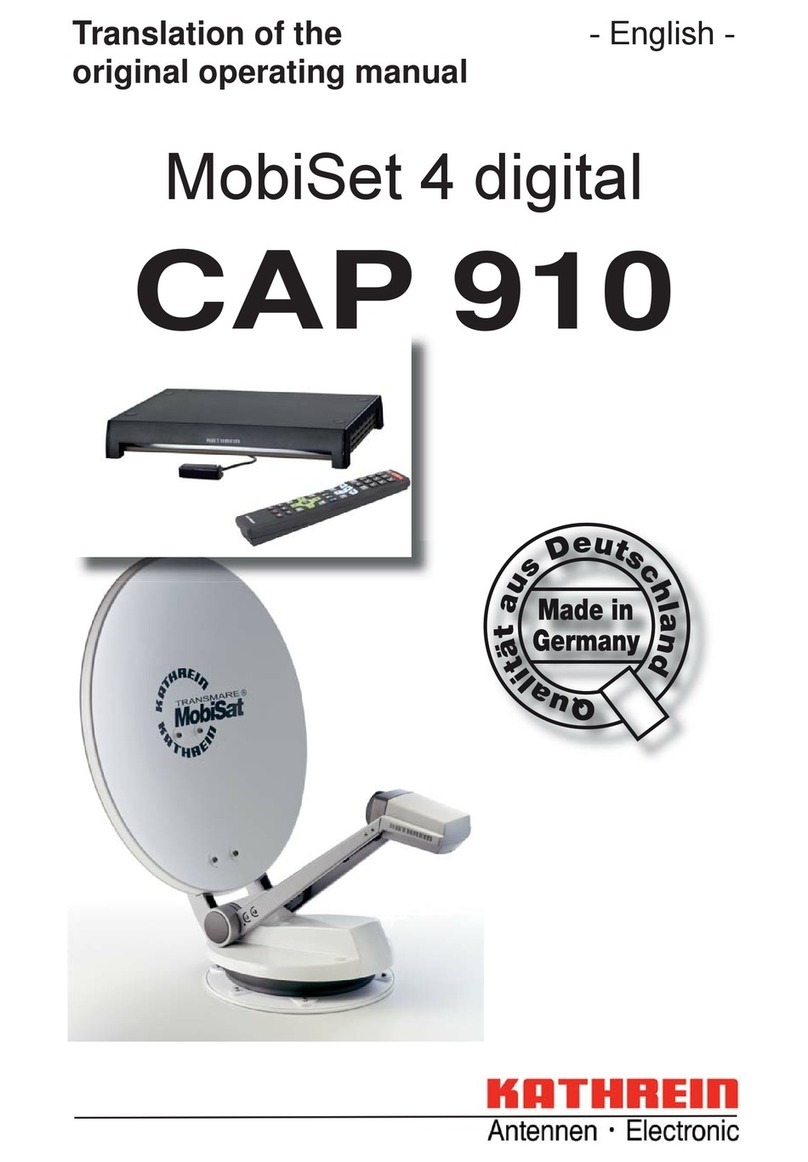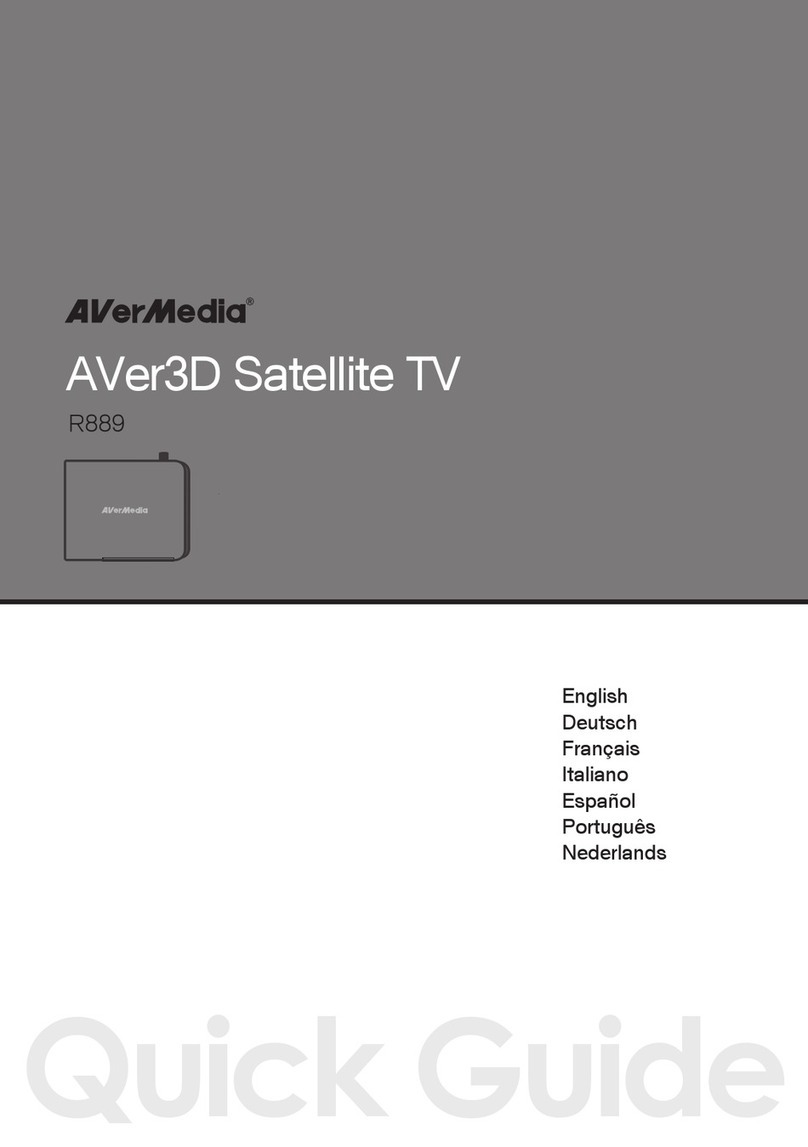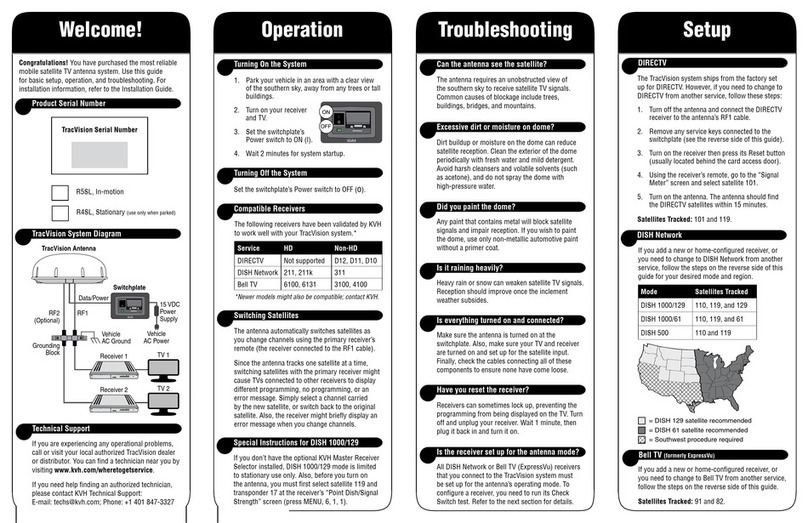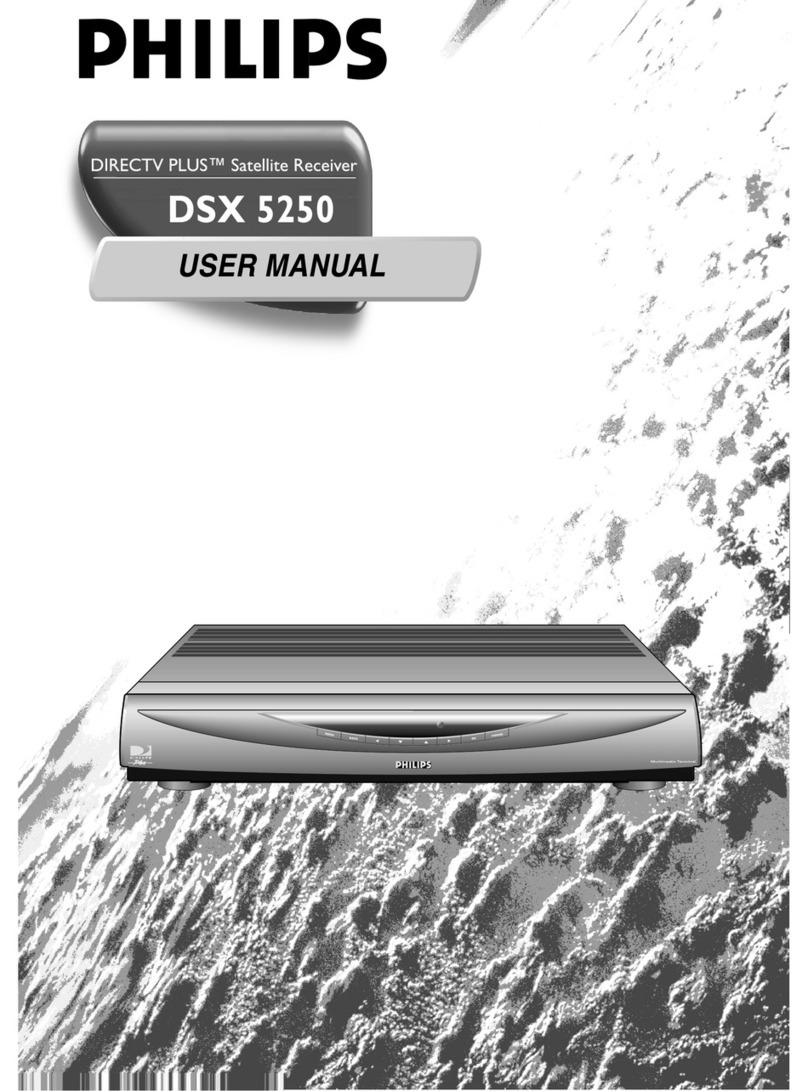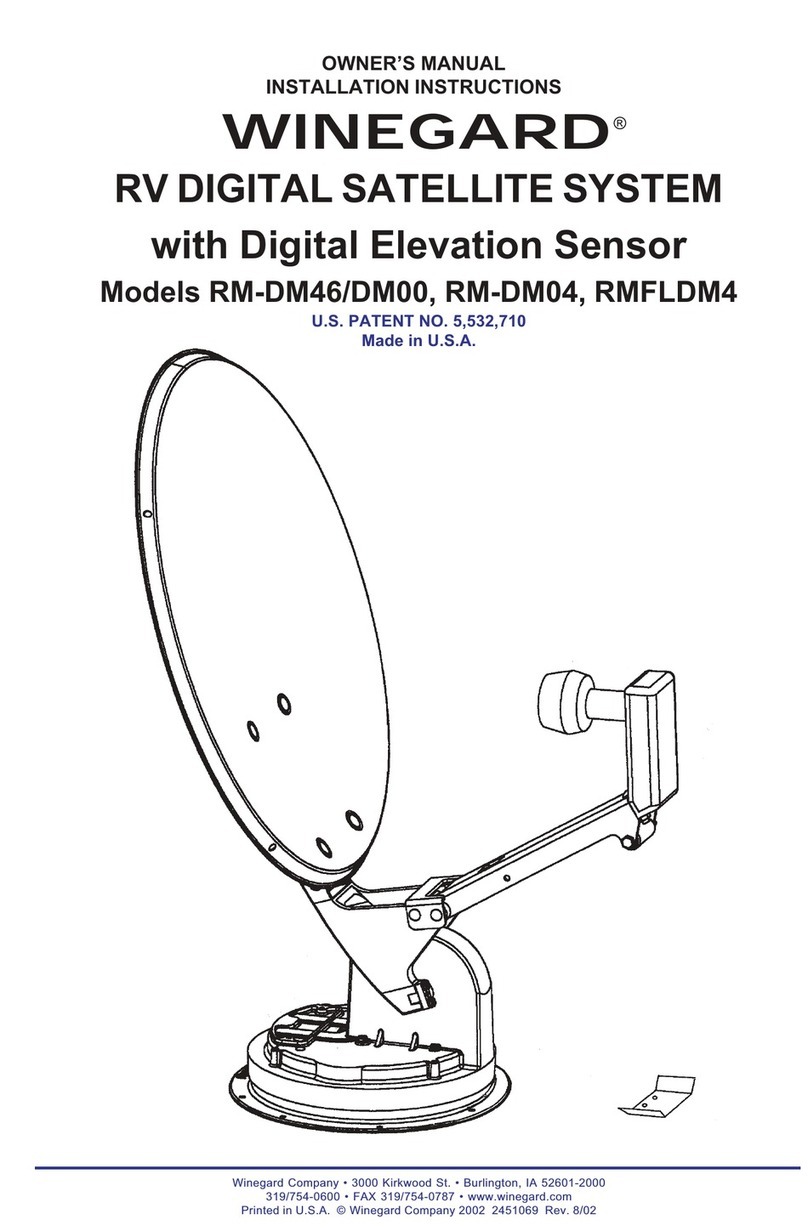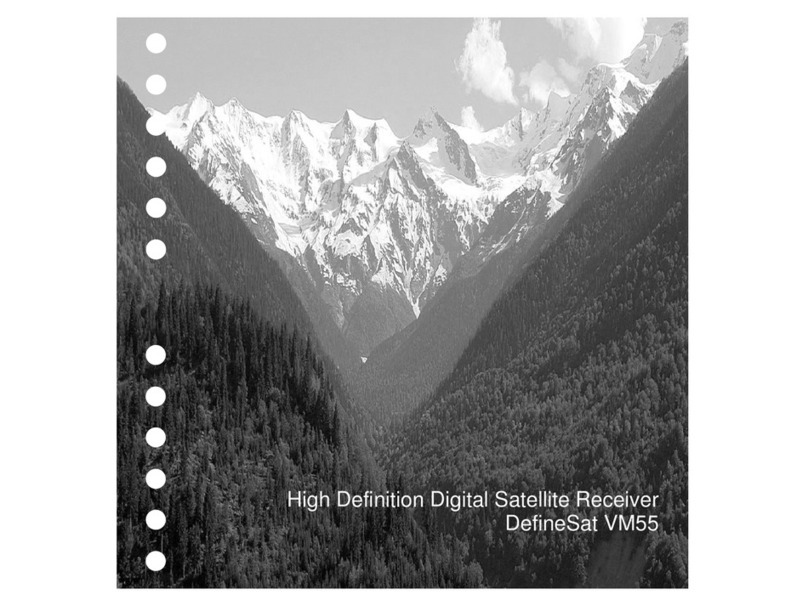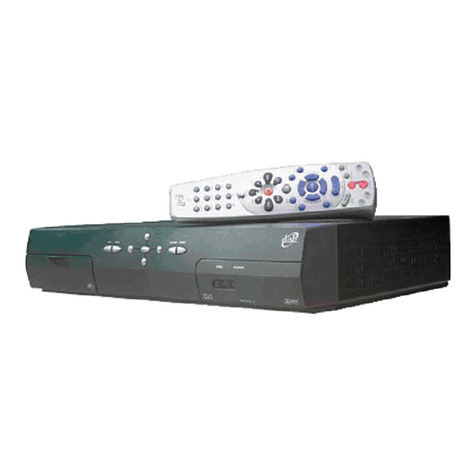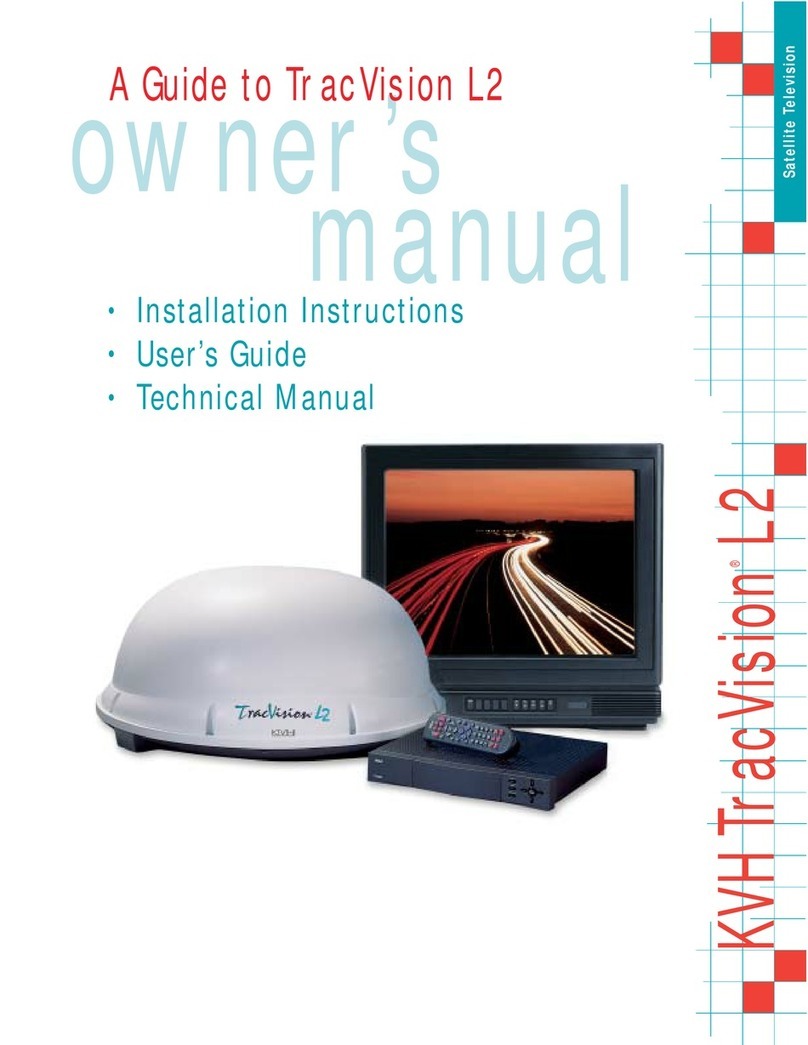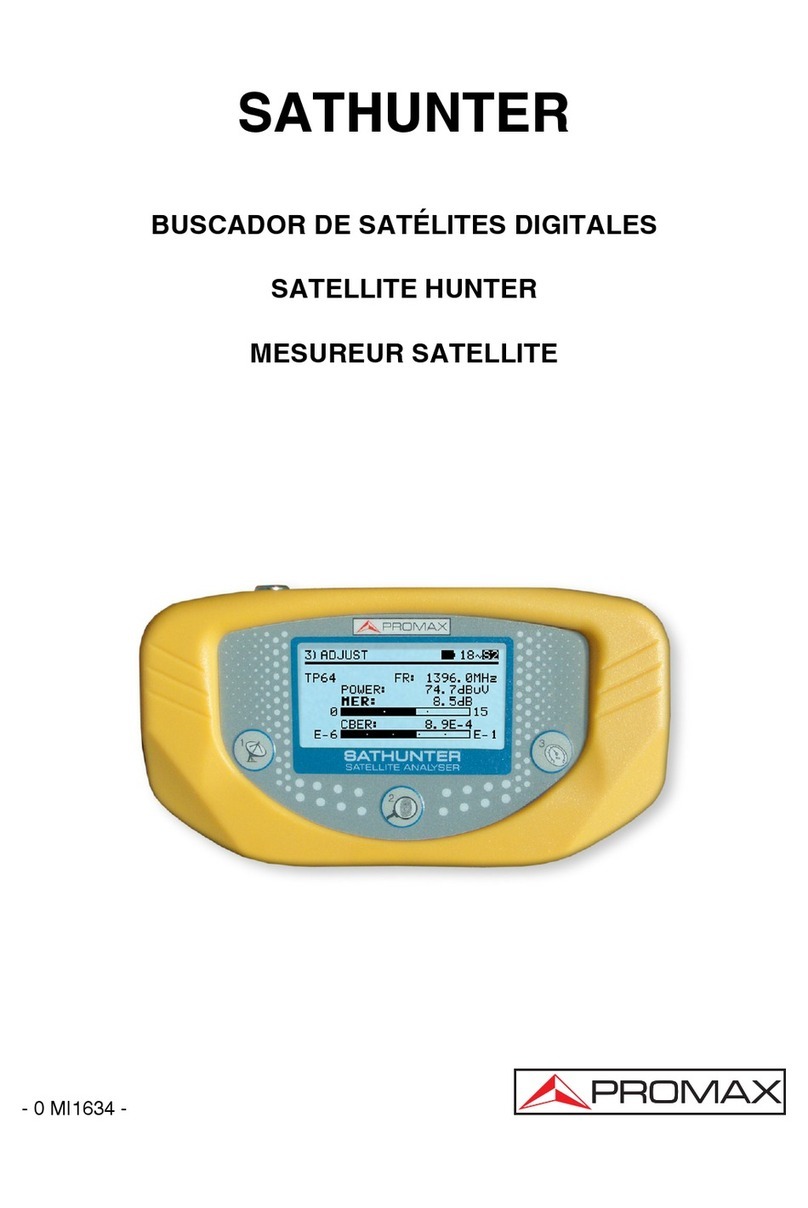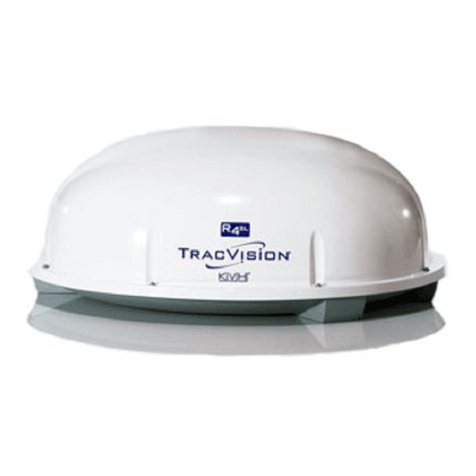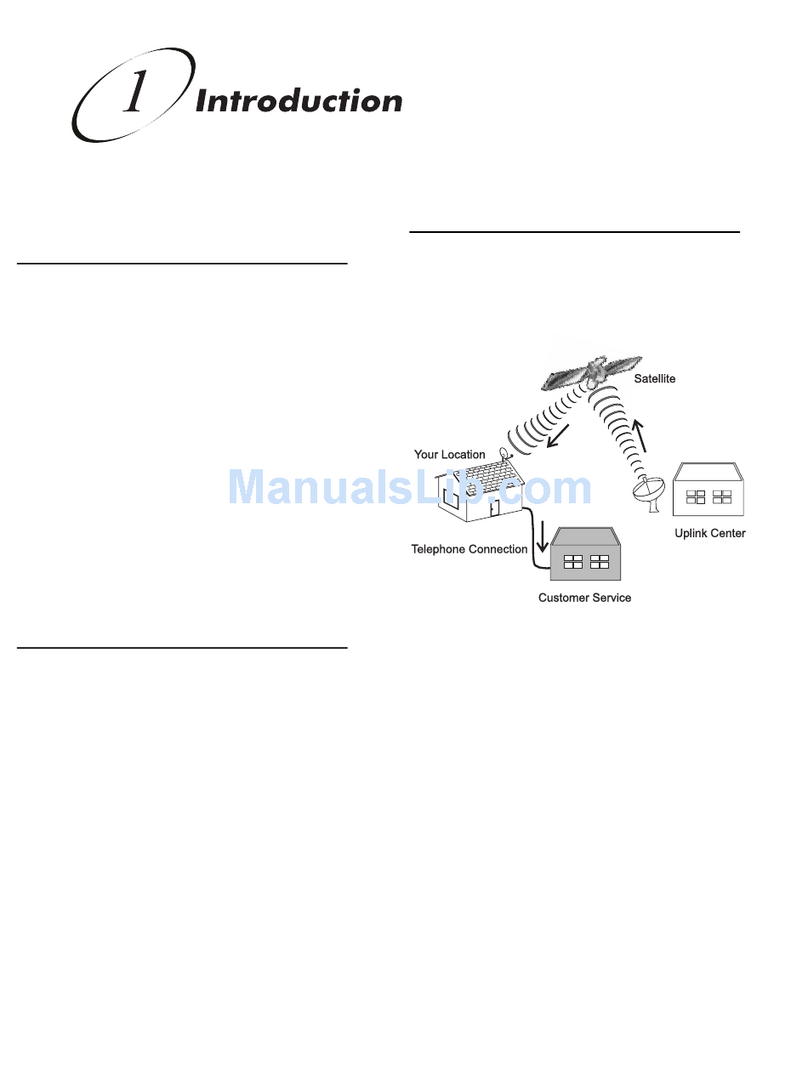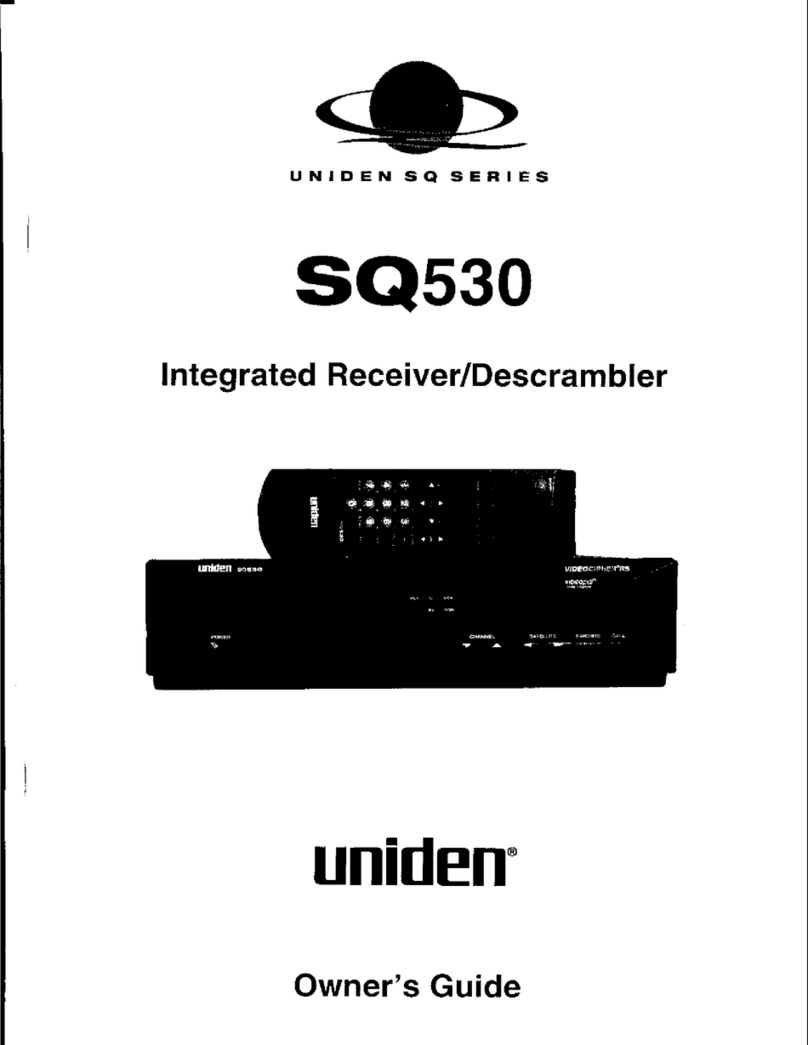
7 of 52
4 Safety Instructions and General Guidelines
DANGER
Danger to life from electric shock when touching electrical installations!
►Maintain a minimum clearance of 1m from all electrical devices.
►Disconnect the turntable and all the units connected to it from the power supply during installation/repairs/
dismantling.
►Make sure that modications to the electrical installations in the vehicle are only carried out by a specialist
in vehicle electrics. Do not make any unauthorised changes to the turntable!
WARNING
Risk of severe injuries during installation/repairs/dismantling on the vehicle roof!
►Position the vehicle horizontally.
►Wear stable shoes with non-slip soles.
►Use a working platform.
►Make sure that the person carrying out the installation or repair has a secure position to stand and hold on
whilst working.
►Make sure that the person carrying out the installation or repair does not suffer from vertigo and can move
around safely on the roof of the caravan or motor home.
►Make sure that the vehicle roof is sufciently strong and stable. In case of doubt, contact a qualied
specialist retailer or the manufacturer of your vehicle.
►Make sure that there is nobody below the antenna inside the caravan/motor home during installation/
repairs/dismantling.
►Make sure that the roof and climbing aid are dry, clean and non-slip.
WARNING
Risk of severe injuries due to moving parts, especially risk of crushing!
►Make sure that no one, and in particular, no children, is in the immediate vicinity of the turntable and cannot
touch any moving parts.
►Disconnect the turntable and all the units connected to it from the power supply during installation/repairs/
dismantling.
CAUTION
Trip hazard due to cables!
►Lay cables in such a way that no one can tread on them or trip over them.
WARNING
Risk of accidents due to collision of the antenna with objects!
An increase in the normal vehicle height due to the antenna not being lowered can lead to an increased risk
of accidents. The driver bears sole responsibility for the condition of the superstructure and external ttings! If
there is a storm warning, the turntable and the vehicle could be damaged.
►Follow instructions in the installation and operating manuals for the units used and for the external ttings
and superstructures.
►Before commencing a journey or if there is a storm warning, lower the antenna into horizontal position (park
position).
►Do not exceed the maximum permissible speed for vehicles of 130km/h.
NOTICE
Risk of malfunction or material damage due to operation outside the permissible temperature range!
►Operate the turntable in an ambient temperature range from –20°C to +45°C.
►When selecting the installation and setup location, ensure that the receiver is sufciently ventilated.

